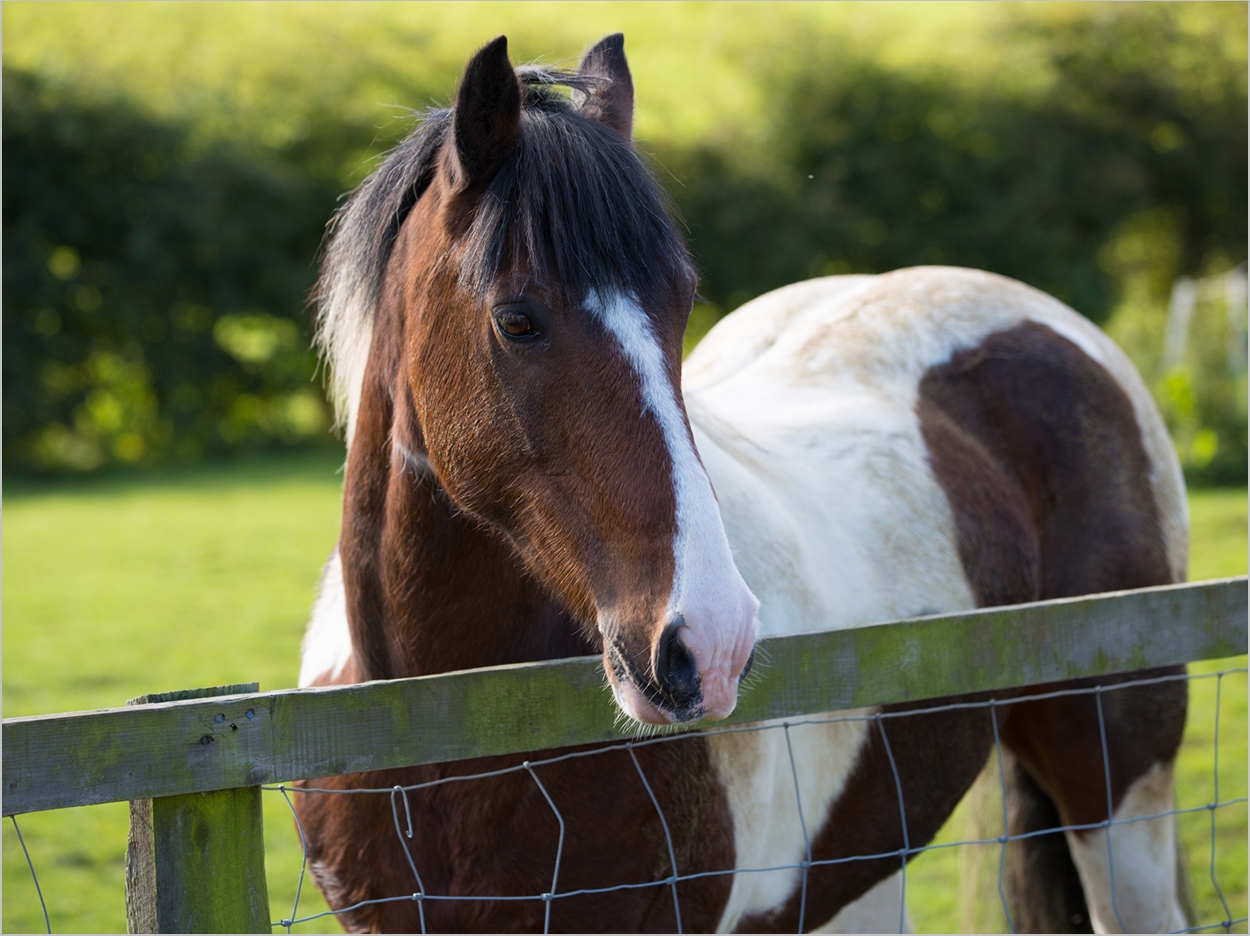
Human beings aren’t the only people who need to watch their diets to prevent caries to ensure better oral health. Horses who are fed oaten hay are almost 3 times more likely to develop tooth decay, according to the University of Western Australia (UWA). Equine peripheral caries was very common in a survey of 500 horses in Western Australia, report the researchers, and causes a great deal of pain.
“We found tooth decay affected nearly 60% of horses surveyed and one of the most significant risk factors was the hay source fed to the horse,” said Dr. Kirsten Jackson, an equine dental veterinarian and a masters of philosophy student at UWA. “The horses fed on meadow hay were less than half as likely to have peripheral caries. We believe that the high water-soluble carbohydrate (‘sugar’) levels in the cereal hays are likely to be a factor.”
The researchers discovered that the water source offered to the horse was another risk factor with horses on bore or groundwater least likely to have peripheral caries, followed by those on scheme or drinking water, then rain water. Those on dam water were most likely to have tooth decay.
The length of access to pasture also was significant. Horses with access to significant pasture for 8 to 12 months were less likely to have decay than those with minimal or no access. Plus, thoroughbred horses were more likely to have peripheral caries than western breeds such as quarter horses, stock horses, and warmbloods, a subset of sport horse breeds used in dressage and show jumping.
“Before this research, we had no idea what was causing the condition. We would just watch horses’ mouths deteriorate and not be able to do anything about it. We can now give practical, evidence-based advice on management, and we have seen the condition reversed and resolved in dozens of cases now,” said Jackson.
“By changing the way we manage tooth decay and avoiding feeds that are known to increase the risk, we can treat those with the condition and also prevent other horses from developing it in many cases,” said Jackson, who also noted that the decay only affects that part of the tooth in the mouth at the time and that the horses’ teeth continue to erupt throughout their lifetime.
“With the knowledge gained from the research, we have been able to modify the diet of affected horses and stop the process of decay,” Jackson said. “This allows the healthy tooth to erupt down and, as such, we have been able to resolve the condition in many cases.
The study, “Equine Peripheral Dental Caries: An Epidemiological Survey Assessing the Prevalence and Possible Risk Factors in Western Australian Horses,” was published in Equine Veterinary Journal.
Related Articles
Hair Biomarkers Determine Caries Risk from Added Sugar Intake
Olympic Athletes at Greater Risk of Poor Oral Health
Antibiotics Deemed Unnecessary for Healthy Dental Implant Patients












